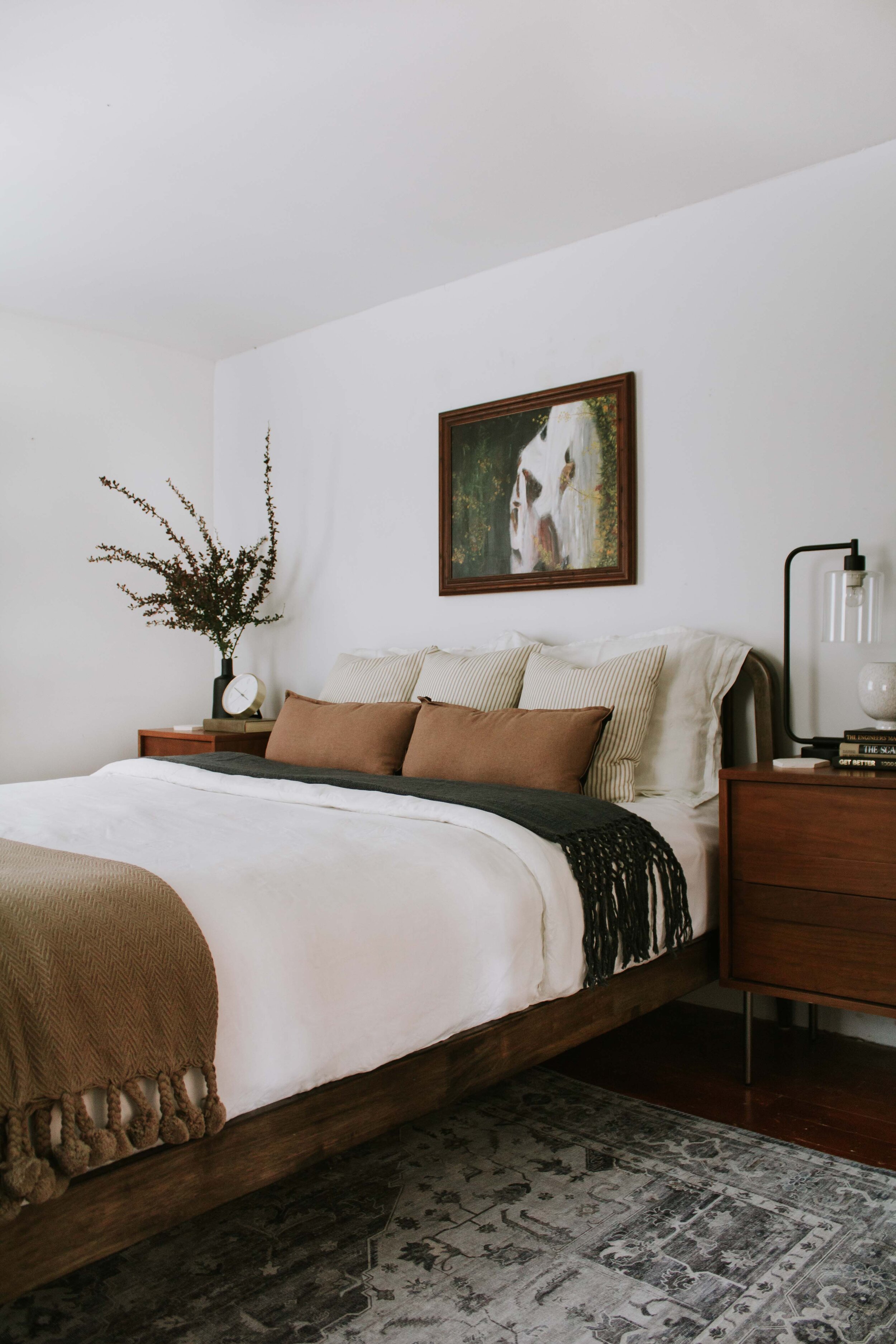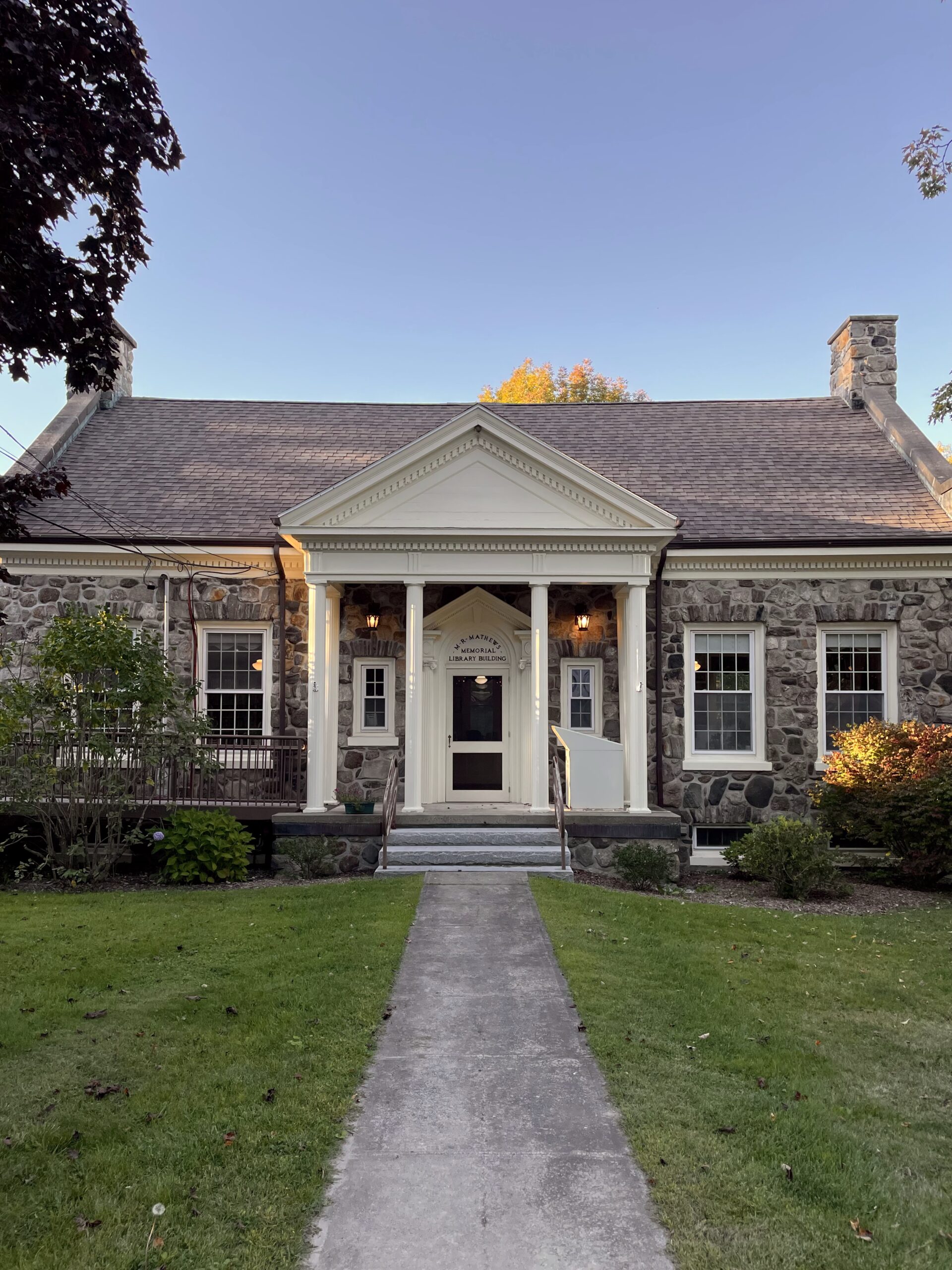We’ve been doing some rug swapping in our house lately! We switched out our 5×7 shag rug (which was far too small for our living) for this beautiful 8×10 blue Persian inspired rug and it instantly made the room feel bigger! Reason no. 652 why you should invest in the right size rug for your space! But then I wanted to see what the rug would look like in our bedroom and I love the blue with the darker floors in there. So for now it stays in our unfinished bedroom and I continue the hunt for a new living room rug.
Our home office is still sporting our gray and black flatweave rug which is holding up shockingly well given we spend 75% of our time on this rug! But what about rug pads? Most (if not all) rugs require one and it’s proven that a pad will also prolong the life of your rug! So what kind of rug pad do you need?
1 // Pick one that won’t discolor your floor
I’ve seen first hand what happens when you use a rug pad that discolors the floors underneath. It’s a major bummer so I always look for the materials listed in the product description. Generally speaking, synthetic materials are more likely to cause discoloration because of their chemical reaction while natural materials (such as rubber or felt) are often the safer option. Regardless, check the product description because many retailers will address whether the materials are natural or synthetic.
2 // Pick one that’s designed for your floor type
Believe it or not, there are different kinds of rug pads designed for certain types of floors. Some rug pads work on all types and some are designed specifically for carpet, tile, heated floors, hardwoods, etc. Pads with a rubber backing are often intended for hard surfaces while felt is often recommended for rugs over carpet. Again, check the product description to see what type of floor it’s recommended for.
3 // Think about pile height
Do you want a little cushion under your feet or a flat underlayment? A foam pad will provide cushion and mimic a plush feel while a 1/16” or 1/8” pad is best for protecting your floors without adding additional height. Small rugs like in the kitchen or entryway are often best paired with a low profile pad while bedroom and living room rugs can be paired with thicker pads.
4 // Think about grip
To keep your rug from slipping, bunching, or wrinkling, I recommend purchasing a rug pad with grip. We used this pad under our flatweave rug because it grips to both the floor and rug keeping it all in place. Pads with grip are best under small rugs, entryway rugs, runners, or any rug that doesn’t have furniture anchoring it down.
RugPadUSA has some of the best rug pads and I’ve linked a few below that have good reviews and quality materials. We have both the 1st and last rug pad on the list and I can only say positive things about them!
Leave a Reply Cancel reply
DO YOU WANT
The Inside Scoop
Where behind the scenes, exclusive advice, and candid conversations are sent straight to your inbox every week.










These are really good tips! I bought a <a href="https://www.greenteamrugcleaning.com/rug-pads/">rug pad</a> from a local cleaning business a few months ago for the rug in my living room just to try it out. I love that my rugs don’t slip now, so I want to get rug pads for all the rugs in my home haha. I’m going to have to try out RugPad USA- they sound like a great company!